Traditional Feng Shui is an Artisanal Craft.
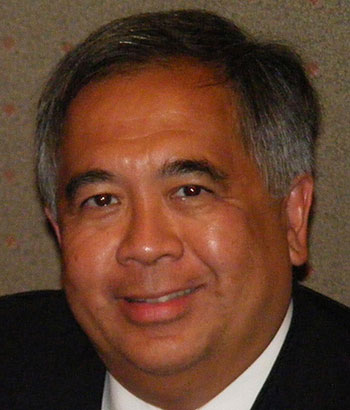
Dr. Michael Oon
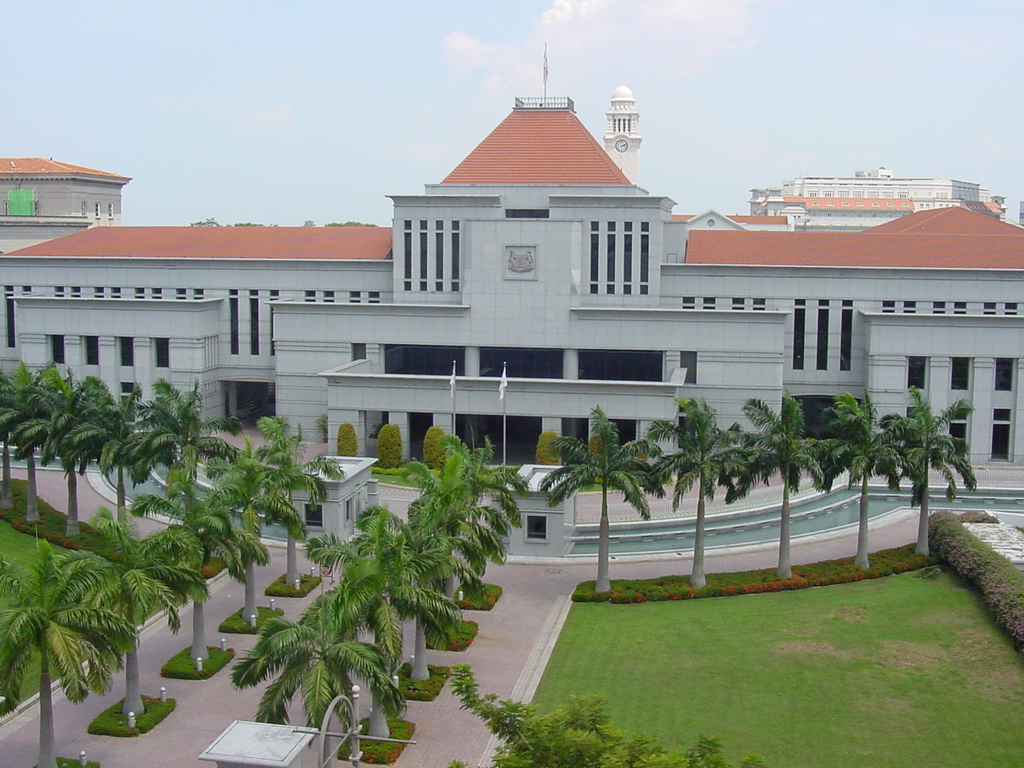
The magic happens when the two main elements work in harmony.
Traditional Feng Shui is an Artisanal Craft. It has been practised for centuries by artisans in the design and building of properties.
Artisans or craftsmen specialise in a particular physical medium.
For Example: A carpenter is trained to work with wood. He works in the various aspects of wood – cutting, trimming, joining, assembling, and finishing multiple pieces.
For Example: A musician plays a particular instrument to produce lovely music. It is an artisan.
Traditional Feng Shui Consultants of old were artisans trained to handle energy in the environment. Their training involved working with what a layperson would consider an intangible medium. The artisan could work with this medium as he sees or feels it.
They work with the medium so much that they know how it handles and behaves like the back of their hand.
The old-time Artisans were illiterate but were skilled craftsmen in Centuries past. They worked using their senses – feeling or seeing.
It was the scholars who were literate. They wrote the texts of feng shui. How they got this information is not well documented.
Therefore, the artisans did not use formulas for their feng shui jobs. They used their skills in handling the medium – Energy.
The Two Main Elements of Traditional Feng Shui.
There are two elements to the application of traditional feng shui. The final one is the combination of the two aspects.
- The Energy in the Environment.
There are streams of energy that flow in the environment. These flows are dependent on the landform through the surrounding environment.
Energy, like water, flows along the line of least resistance – down the valley, down the road, etc.
If there is a blockage, there is an overflow or build-up, like water.
There are places where the Energy needs to pass through. This is because of the lie of the land.
As a result, some places have an abundance of energy, but other areas have a drought.
A trained Traditional Feng Shui consultant can identify the flows or lines of energy in the outdoor environment. It is not as simple as just looking for mountains and valleys,
The energy can flow on roads, paths, and rivers but not everywhere.
2. The Internal Design of the Property
The property needs entrances for the energy to enter.
Once the energy is in the property, it is settled in the entrance hall and distributed throughout the building through passageways or corridors.
Of course, priority is given to the critical rooms –
In an office building – the sales office, the manager's office, the places of the decision-makers, etc
In the house, the important rooms are the home office (where money is made) and the living room.
Other than the distribution of energy, energy loss is to be minimised. A great example is the three-doors-in-a-row feature found in many houses in London.
Sketch of a house with three doors in a row. This is not recommended in Feng Shui as Energy leaks out very quickly,
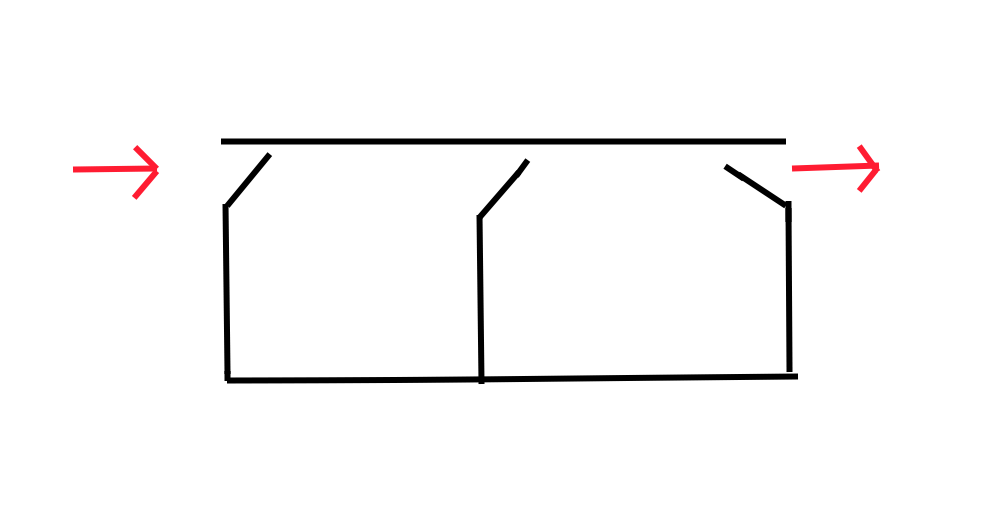
I have been asked about the decoration for the internal design. This is not as important as the ability for the energy to flow in. You do not want large pieces of furniture blocking or obstructing the flow of energy,
Colour is of secondary importance to energy flow. This aspect is the secondary feature as it involves the interactions of the five elements.
3. The interaction of the two elements.
I have gone through the two essential aspects
- The identification of the flow of energy in the environment
- The external design of the property. The property needs an entrance for the energy to enter. The internal design allows this energy to reach the rooms of interest.
The most important consideration is for the property's entrance to be in the path of Energy flow in the external environments. Suppose the entrance cannot tap into the energy flow. In that case, no energy will get into the property, no matter how many entrances or how well-decorated or expensive the property is.
The entrance has to be in the way of the energy flow so the energy can get into the property.
The two elements have to fit then the magic of Traditional Feng Shui happens,
"Case Studies: Here are a few examples of entrances that have been able to capture the flow of energy:
- The New Singapore Parliament Building
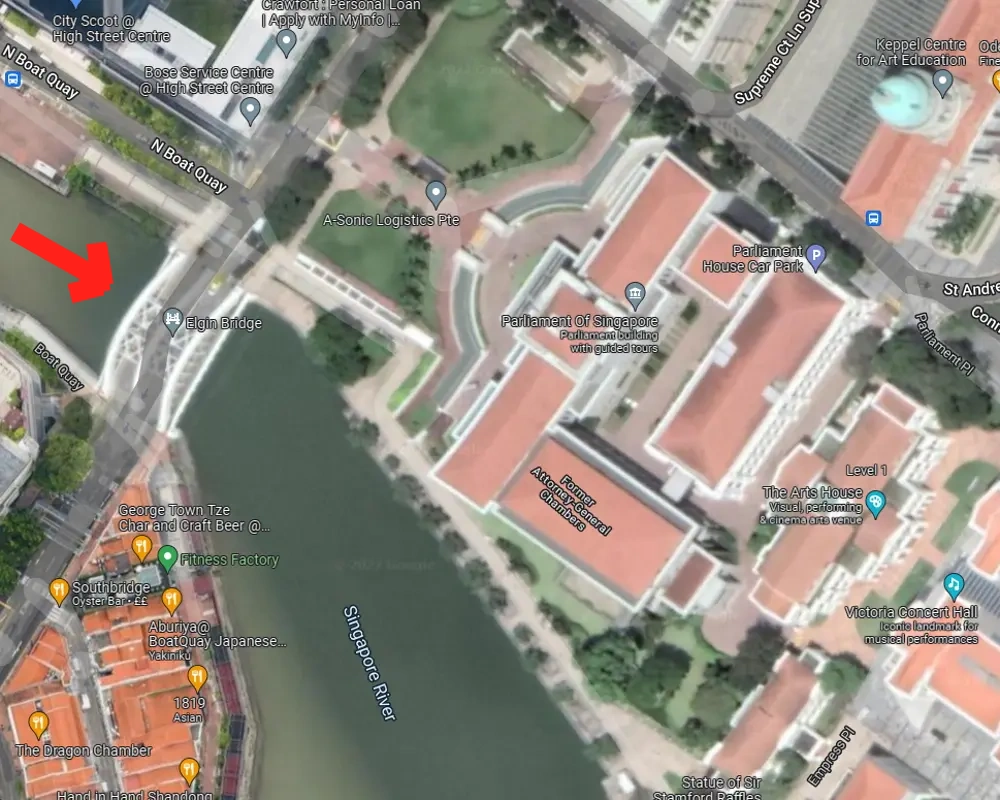
This important Government building was designed to catch the energy from the flow of the Singapore River. There was controversy among the Singapore Feng Shui Masters community. Why was the building facing the hills (Fort Canning), whereas the other important Singapore Government Buildings face the Sea?
The front-facing main entrance captures the incoming Energy from the Singapore River.
2. Kuching Hilton
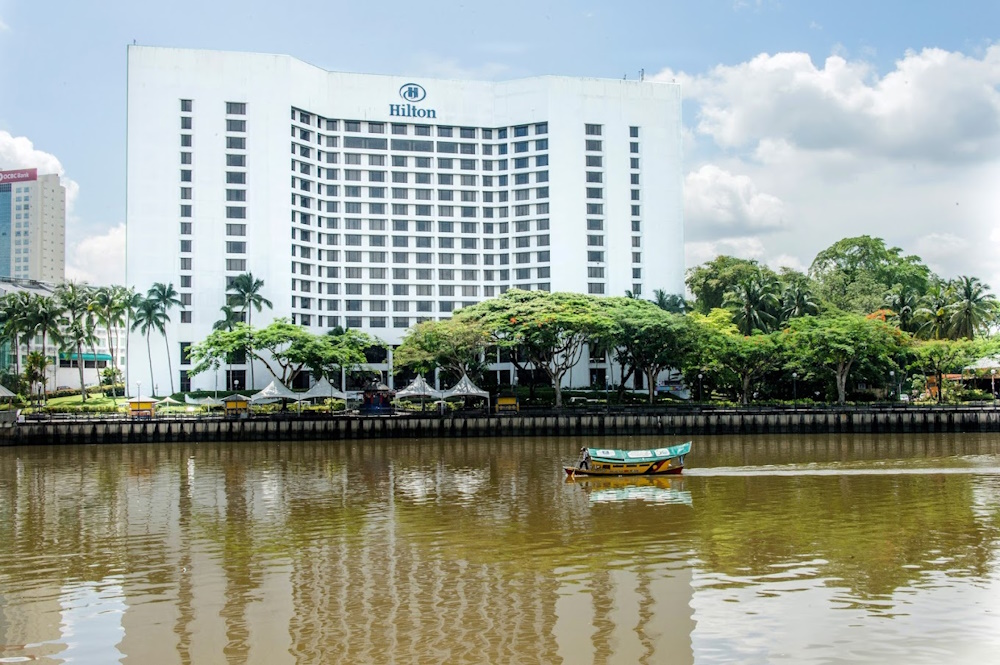

This hotel is positioned by the river bend. There is an entrance in the centre of the building to capture the incoming energy from the river.
The hotel has had high occupancy since its opening in the late last Century.
Energy is missing the main door.
- Energy flow parallel to the front door
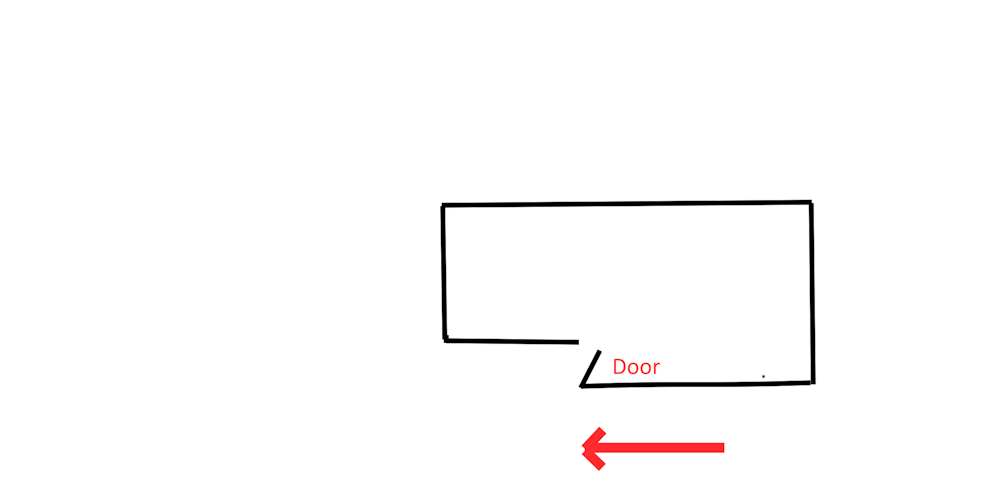
Energy by-passing the front door of a house.
My client had employed several Feng Shui Consultants. These consultants had drawn various energy maps of the property interiors. My client did not observe any perceived change in their lives. In the diagram, the energy flow is parallel to the front of the property. The door is at right angles to the front of the building. As a result, the energy does not enter the property. As soon as I mentioned it to my clients, they understood the situation, and we took remedial action.
2. A Shopping Mall
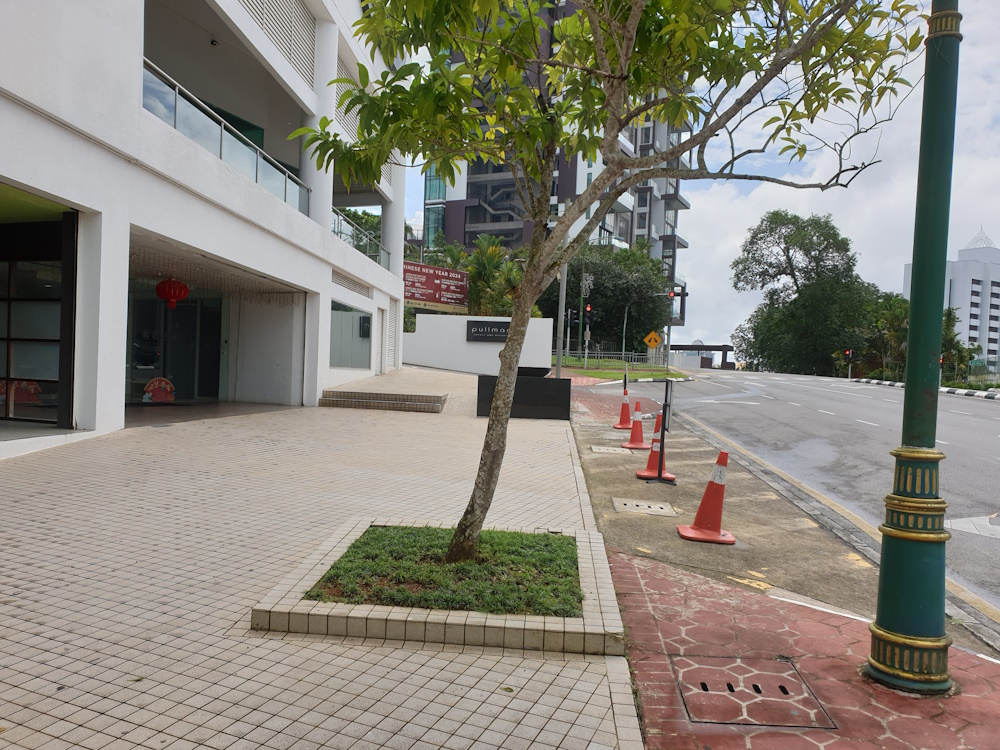
This shopping mall has been talked about frequently in conversation in this city. Talk has been made - shops open and close soon after. There is hardly any footfall in the building. There have been attempts at implementing feng shui placements in this building, like placing expensive water fountains, tilting doors, etc. The mall is still a quiet place.
Even though the two main entrances face North and East directions, these doors do not capture the Energy flow in that location.
Commentary:
Traditional Feng Shui requires that these two elements work effectively in tandem. Only then does the magic of Traditional Feng Shui happen.
In the formula Feng Shui, the consultant applies the formula irrespective of the situation in the external environment. Therefore, it is taking the attitude of one size fits all.
However, with Traditional Feng Shui, the consultant has to analyse the external environment to determine the exact path of energy flow.
Can the entrance of the building catch the path of this energy flow?
If not, can anything be done to re-direct this energy to the entrance?
It is an honest system where there is feedback. It can tell accurately whether this craft's application will work.
The principles of Traditional Feng Shui have been used for centuries.
Make an appointment for a FREE Discovery Session:

